In the realm of outdoor adventures, precision and accuracy are paramount. Whether you're a seasoned hunter, a dedicated golfer, or an avid hiker, having the right tools can significantly enhance your experience. Two such tools that have revolutionized outdoor activities are GPS and laser rangefinders. Both devices offer unique capabilities, but which one is better suited to your needs?

What are GPS Rangefinders?
GPS, or Global Positioning System, is a technology that utilizes a network of satellites orbiting the Earth to determine a precise geographic location. GPS rangefinders, as the name suggests, combine GPS technology with rangefinding capabilities.
How GPS Rangefinders Work
GPS rangefinders use a network of satellites to determine your location and the distance to a specific target, such as a golf hole or a landmark. Here's how they work:
- GPS Signal Reception: The rangefinder receives signals from multiple GPS satellites orbiting the Earth. These satellites transmit precise time signals and their own positions.
- Time Difference Measurement: The rangefinder's internal clock measures the time it takes for the signals from different satellites to reach it. By comparing these arrival times, the device can calculate its distance from each satellite.
- Triangulation: Using the distances to at least four satellites, the rangefinder employs a technique called triangulation to determine its precise geographic coordinates (latitude, longitude, and altitude).
- Course Map and Distance Calculation: The rangefinder has a built-in map of the golf course. Once it knows its location, it can reference the map to calculate the straight-line distance to the desired target, such as the center of the green or a specific hazard.
- Distance Display: The calculated distance is displayed on the rangefinder's screen, allowing you to make informed club selection and shot planning decisions.
Key Features and Benefits of GPS Rangefinders
- Precise Location Tracking: GPS rangefinders provide real-time location information, allowing you to navigate unfamiliar terrain with confidence.
- Digital Maps and Navigation: Many GPS rangefinders come equipped with detailed digital maps, enabling you to plan routes, track your progress, and find points of interest.
- Elevation Data and Distance Measurements: By utilizing GPS technology, these devices can accurately measure elevation changes and calculate distances between points.
- Integration with Smartphone Apps: Many GPS rangefinders can be paired with smartphone apps, allowing you to access additional features and data.
Best Use Cases of GPS Rangefinders
- Hiking and Backpacking: GPS rangefinders are invaluable for navigating complex trails, avoiding hazards, and finding your way back to camp.
- Geocaching: GPS rangefinders can help you locate hidden geocaches with precision.
- Orienteering: For orienteering competitions, GPS rangefinders can assist in navigating courses and finding control points.

What are Laser Rangefinders?
Laser rangefinders utilize a laser beam to measure the distance to a target. By emitting a laser pulse and measuring the time it takes for the reflected pulse to return, the device can calculate the distance with high accuracy.
How Laser Rangefinders Work
Laser rangefinders are devices that use laser light to measure the distance to a target. They work on the principle of time-of-flight measurement.
- Laser Pulse Emission: When you activate the rangefinder, it emits a short pulse of laser light in a narrow beam towards the target object.
- Time of Flight Measurement: The rangefinder's internal clock starts timing as soon as the laser pulse is emitted. The laser pulse travels at the speed of light, which is a known constant.
- Reflected Pulse Detection: The laser pulse reflects off the target object and travels back to the rangefinder's receiver. The receiver detects the reflected pulse and stops the internal clock.
-
Distance Calculation: The rangefinder calculates the time it took for the laser pulse to travel to the target and back. By knowing the speed of light and the round-trip travel time, the device can accurately determine the distance to the target using the following formula:
- Distance = (Speed of Light × Round-Trip Travel Time) / 2
- Distance Display: The calculated distance is displayed on the rangefinder's screen, providing you with precise information about the distance to the target.
Key Features and Benefits of Laser Rangefinders
- Accurate Distance Measurements: Laser rangefinders provide precise distance measurements, essential for tasks like hunting, golf, and surveying.
- Angle Compensation: Many laser rangefinders incorporate angle compensation technology, which adjusts distance measurements to account for uphill or downhill angles.
- Scan Mode: Some models offer a scan mode, allowing you to quickly measure distances to multiple targets.
- Fog Mode: Fog mode enhances the device's performance in adverse weather conditions.
Best Use Cases of Laser Rangefinders
- Hunting: Laser rangefinders are indispensable for hunters, as they enable precise distance measurements for accurate shot placement.
- Golf: Golfers can use laser rangefinders to accurately measure distances to the green, helping them select the right club and shot.
- Surveying and Construction: Professionals in these fields rely on laser rangefinders for accurate measurements and calculations.

Comparing GPS and Laser Rangefinders
To make an informed decision, it's essential to compare the key features and capabilities of GPS and laser rangefinders:
|
Feature |
GPS Rangefinder |
Laser Rangefinder |
|
Accuracy |
High accuracy in open areas, can be affected by obstacles |
Extremely accurate, especially in line-of-sight conditions |
|
Range |
Longer range, dependent on satellite signal strength |
Shorter range, but excels at measuring specific targets |
|
Portability |
Larger and heavier |
Compact and lightweight |
|
Durability |
Durable, can withstand harsh conditions |
Durable, can withstand harsh conditions |
|
Cost |
More expensive, especially high-end models |
More affordable |
Choosing the Right Device for Your Needs
To select the best rangefinder for your specific needs, consider the following factors:
- Primary Use: Determine the primary outdoor activity you'll be using the device for. If you prioritize navigation and location tracking, a GPS rangefinder is ideal. If you need accurate distance measurements for hunting, golf, or surveying, a laser rangefinder is the better choice.
- Budget: Assess your budget and prioritize features. Consider the balance between cost and performance when selecting a device.
- Desired Features: Evaluate the features that are most important to you. If you need advanced navigation capabilities, a GPS rangefinder with detailed maps and route planning features is essential. If accurate distance measurements are your primary concern, a laser rangefinder with angle compensation and scan mode is ideal.
- Portability and Durability: Consider the size, weight, and build quality of the device. If you prioritize portability, a compact and lightweight laser rangefinder is a good option. If you need a durable device that can withstand harsh conditions, a rugged GPS rangefinder is the way to go.

Both GPS and laser rangefinders offer valuable tools for outdoor enthusiasts. GPS rangefinders are excellent for navigation and location tracking, while laser rangefinders are ideal for precise distance measurements. The best choice for you depends on your specific needs and preferences. By carefully considering the factors discussed in this article, you can select the device that will enhance your outdoor experiences.

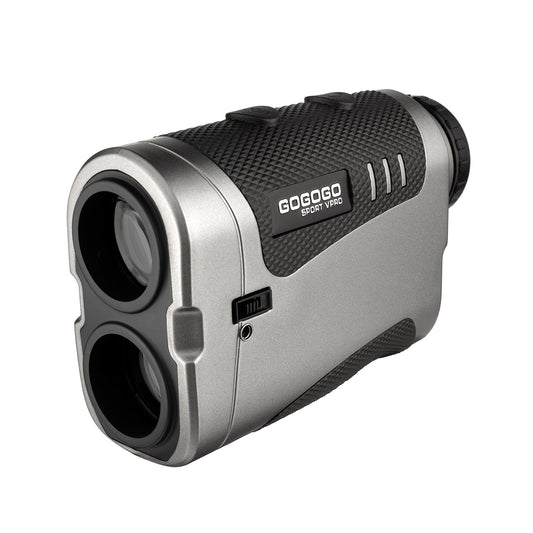
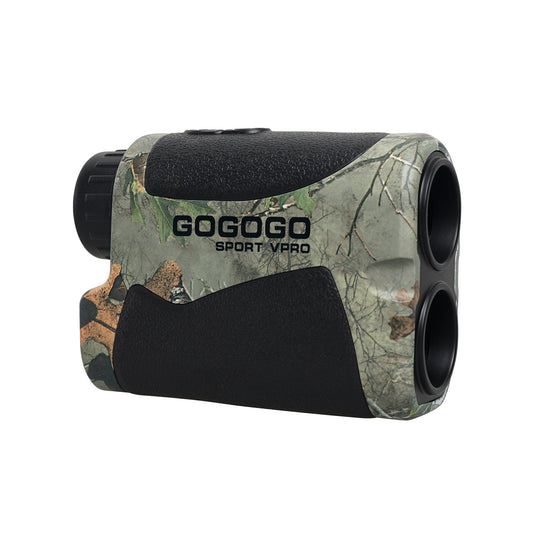

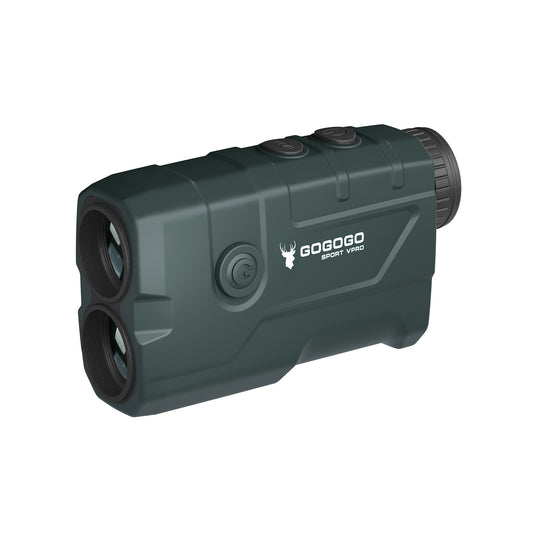
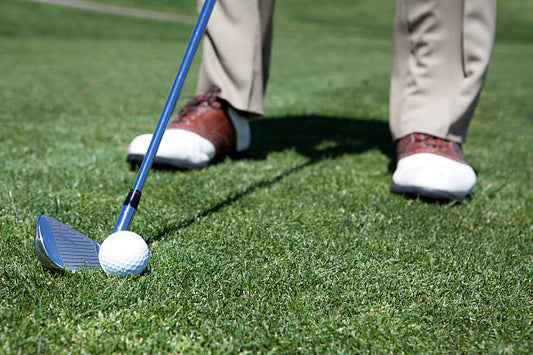
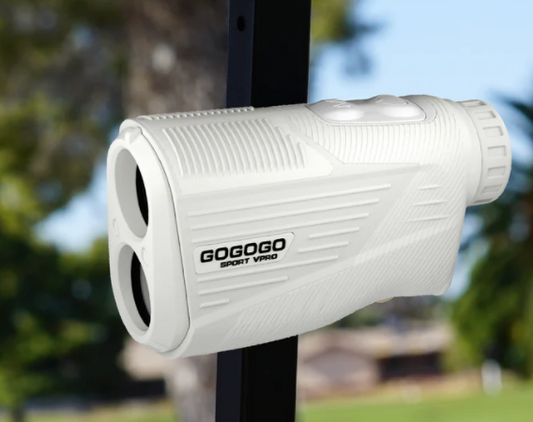

![[2025] The Ultimate Guide to Pinseeker Rangefinders for Golfers](http://gogogosport.com/cdn/shop/articles/gogogo_sport_vpro_pinseeker_rangefinder.png?v=1757993796&width=533)